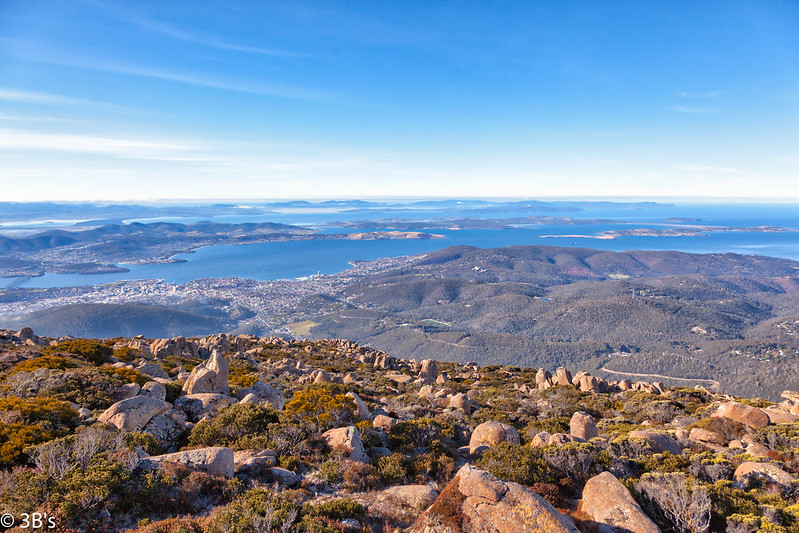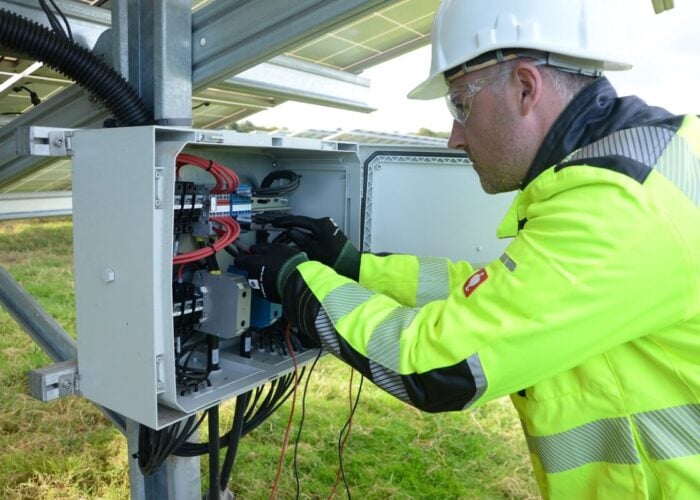
On Wednesday (17 July), the Tasmanian government, Australia, removed a ‘speed limit’ measure that has prevented state-owned utility Hydro Tasmania from developing large-scale renewable energy projects, such as solar, without a “cumbersome” Parliamentary process.
The government said that amending the Hydro-Electric Corporation Act 1995 ensures projects over the 40MW threshold can progress without this process,. In doing so, Tasmania’s minister for Energy and Renewables, Nick Duigan, hopes this will “unlock new renewable energy generation in Tasmania”, such as solar, wind an hydro.
Try Premium for just $1
- Full premium access for the first month at only $1
- Converts to an annual rate after 30 days unless cancelled
- Cancel anytime during the trial period
Premium Benefits
- Expert industry analysis and interviews
- Digital access to PV Tech Power journal
- Exclusive event discounts
Or get the full Premium subscription right away
Or continue reading this article for free
With the change already coming into effect, the Tasmanian government has lifted the generation limit to 300MW.
Duigan added this will be crucial for the state to meet its legislated commitment to its renewable energy target to double generation by 2040.
Tasmania’s renewable energy landscape
It is worth noting that Tasmania is already 100% self-sufficient in renewable electricity generation and has been net zero in six out of the last seven years.
Most of the state’s renewable energy supply comes from hydro generation and storage schemes, with Tasmania holding 27% of Australia’s total freshwater dam storage capacity. Alongside this, the state gains significant contributions from Tasmanian wind farms, which benefit from the ‘Roaring Forties’, an area of the globe that continuously sees strong winds of around 15 to 30 knots all year round.
Because of this, solar has been limited to small-scale projects and provides just 1% of Tasmania’s electricity.
This has not prevented developers from exploring large-scale solar PV projects in the state. In December 2023, the North Midlands Council approved the development application for a 288MW solar PV project – the largest in the state – with construction to begin in mid-2024 and operations forecast for 2026.
The project will be located at Connorville Station in Cressy, to the south of Launceston, and will see 670,000 solar modules deployed over an area of 600 hectares. Supplier deals or technologies are yet to be disclosed.
A report released by the Australian Energy Market Operator (AEMO) last year found that Tasmania had the lowest quarterly average electricity prices in the country in Q2, down as low as AU$64/MWh (US$42/MWh). The reason for lowered prices across Australia was a rise in renewable energy generation as a portion of total grid capacity.






